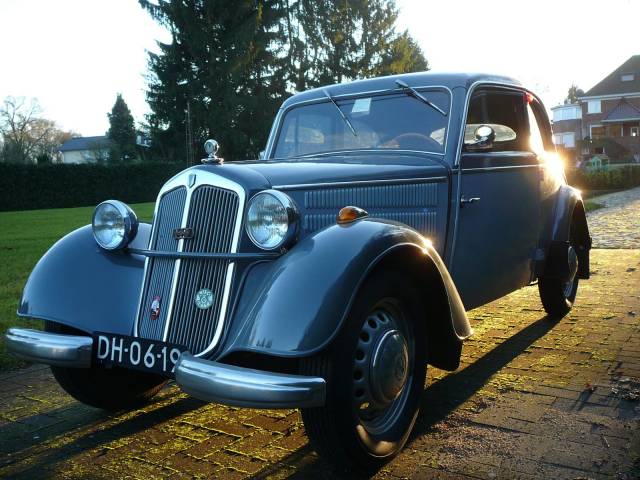DKW F8 Classic Cars for Sale
The DKW F8 stands as a benchmark in compact two-stroke engineering, combining front-wheel drive innovation with a solid, robust chassis. Available as both a saloon and cabriolet, original examples often impress with matching engine and chassis numbers as well as period-correct equipment. The F8 appeals not just for its technology, but also for its historical role before and after World War II.
Search results
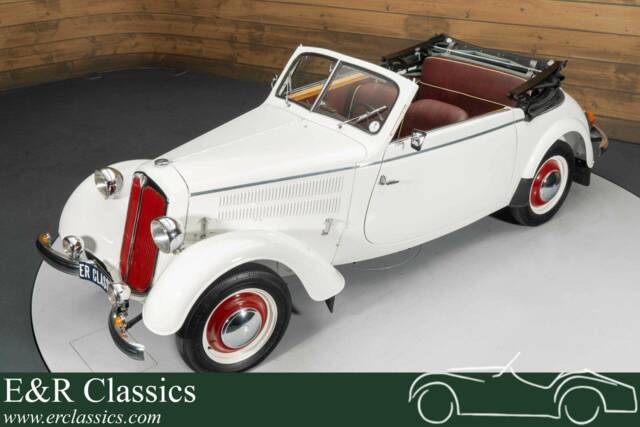
1939 | DKW Meisterklasse
Oldtimer DKW F8 Cabriolet | 1939
DKW F8 listing references from Classic Trader
Below you will find listings related to your search that are no longer available on Classic Trader. Use this information to gain insight into availability, value trends, and current pricing for a "DKW F8" to make a more informed purchasing decision.
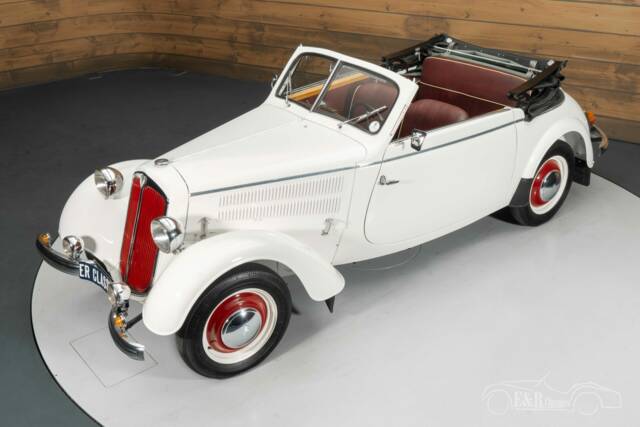
1939 | DKW Meisterklasse
DKW F8 Cabriolet | 1939 | Route 66 Auctions - For sale by auction. Estimate 14500 EUR

1936 | DKW Meisterklasse
DKW F8 Cabrio
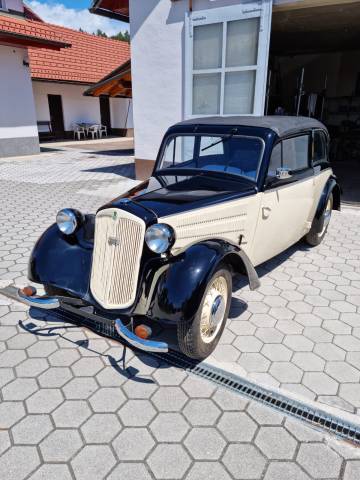
1939 | DKW Meisterklasse
Convertible F8
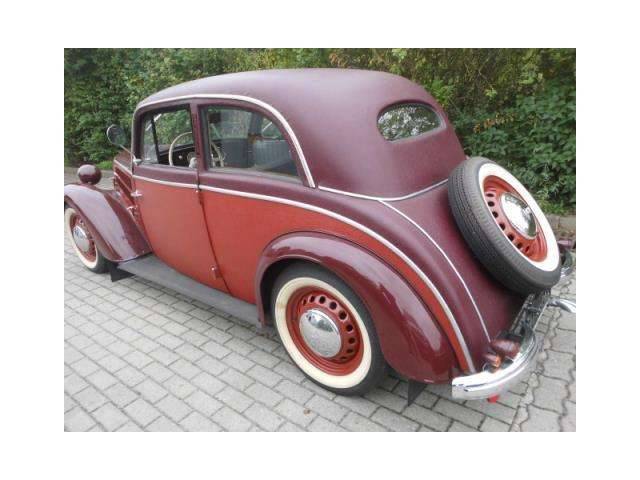
1939 | DKW Meisterklasse
Oldtimer DKW
1938 | DKW Meisterklasse
100% original
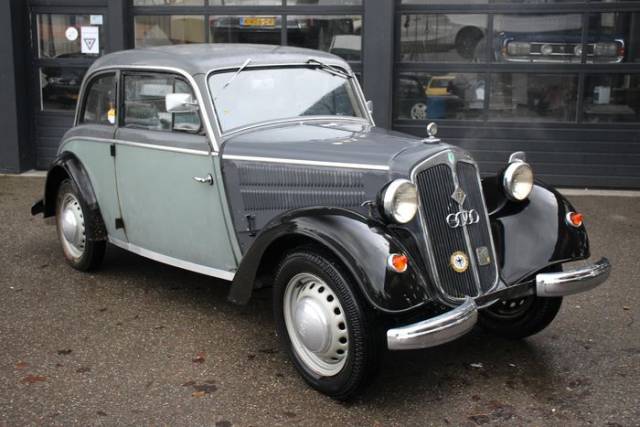
1954 | DKW Meisterklasse

1939 | DKW Meisterklasse
DKW F8 Pritsche

1939 | DKW Meisterklasse
Oldtimer DKW F8, IFA F8 unrenovated original condition
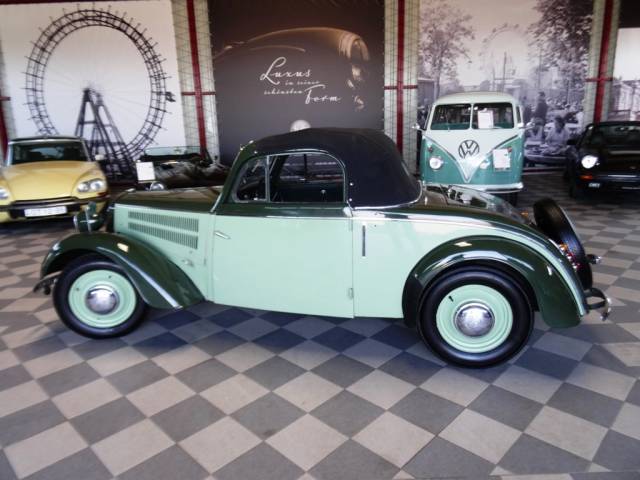
1939 | DKW Meisterklasse
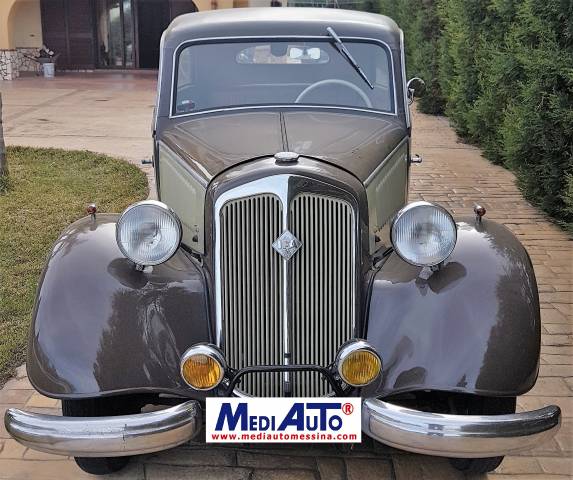
1940 | DKW Reichsklasse
DKW REICHSKLASSE F8 SPEZIAL 600
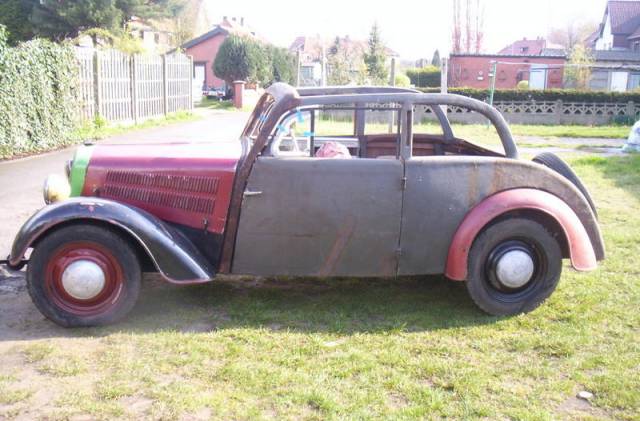
1942 | DKW Meisterklasse
DKW IFA F8
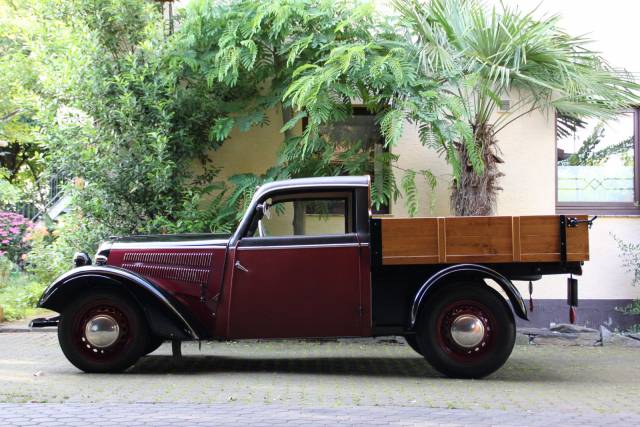
1938 | DKW Meisterklasse
DKW F8 (Auto Union) Pickup, Pritsche
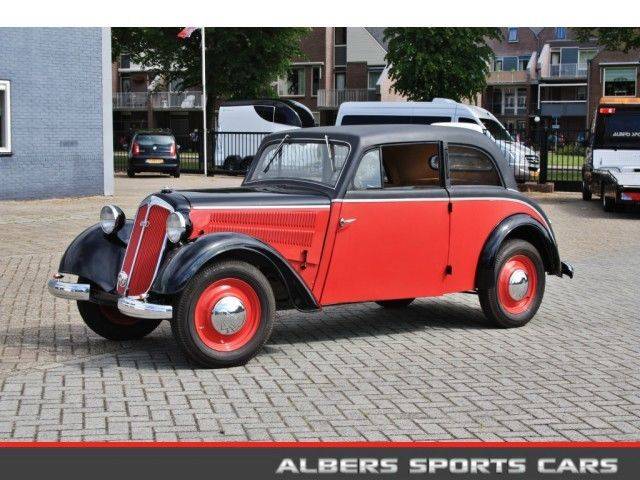
1939 | DKW Meisterklasse
DKW F8 - 700 Auto Union * Restored *
History of the DKW F8
The DKW F8 was introduced by Auto Union in 1939 as a successor to the F7, clearly identified by its front-wheel drive, an advanced feature in the compact class. Built initially in the Audi plant in Zwickau, the F8 was part of the Auto Union family that also later gave rise to the Audi brand. Production began on the eve of the Second World War, offering two primary saloon versions: the Reichsklasse and Meisterklasse. The Reichsklasse ran until 1940, while the Meisterklasse sedan continued until 1942. War circumstances led to the discontinuation of most models as the Zwickau factory redirected its output. However, post-war, the F8 was reborn as the IFA F8 under East German control and kept its basic concept alive through the mid-fifties, playing a key part in the post-war reorganised automobile industry. Its chassis and technology were considered solid and reliable throughout its lifespan.
Model History of the DKW F8
The DKW F8 replaced the F7 in 1939, retaining the brand’s focus on compact, accessible vehicles with front-wheel drive. The F8 was originally to be succeeded by the advanced DKW F9, but the outbreak of the Second World War delayed automotive innovation, resulting in the F8 platform being used well into the postwar period. After 1945, production resumed as the IFA F8 in East Germany. Models included various body types such as saloon, cabriolet, van, and pick-up, maintaining two-cylinder engines throughout. The truly innovative successor appeared only much later, as the East German IFA F9 and West German DKW F89 emerged from the divided country.
Highlights and Features of the DKW F8
The DKW F8 set itself apart through its consistent use of a two-cylinder, two-stroke engine driving the front wheels – an unusual layout for its class at the time. Its robust ladder-frame chassis contributed to excellent durability given proper maintenance. Buyers could choose from a range of body styles and equipment, including luxury cabriolet versions and saloons with unique original features such as period rubber mats and original fabric roofs. The DKW F8’s technical and design features were tailored to a broad audience, from tool kits and waterproof interior trim to enduring rubber components. Documented originality and matching numbers between engine and chassis are common in well-preserved vehicles, increasing confidence for enthusiasts. During the war, some F8 cars were even used as ambulances or assigned for other special-purpose roles.
From our marketplace statistics: DKW F8 listings make up 100% of all DKW classic listings currently available, reflecting a clear focus and a strong collector and enthusiast presence for this model. In terms of demand, F8 listings also account for 100% of all listings views in the DKW segment, making it the sole representative of the brand in the classic car market currently.
Technical Data for the DKW F8
Special Editions and Collectible Versions
Notable F8 versions include the Meisterklasse and cabriolet models, particularly those with luxury interiors or rare factory options like fabric sunroofs and original documentation. Vehicles maintained with original spare parts, matching numbers, and unblemished interiors, as well as rare post-war IFA F8 derivatives, are especially noteworthy.
Weak Spots and Common Issues
Owing to the F8’s age, critical areas include rubber parts (even though many remain surprisingly soft if properly stored), the electrical system if not kept original, and interior fittings which can crack if not preserved. The robust chassis and frame usually hold up, but rust on fenders and underbody must be checked, even if not typically severe. Ensuring the tool kit and spare parts are in place, as well as verifying the originality of surfaces and documentation, is central for long-term preservation.
Engine, Transmission, and Driving Characteristics
The two-stroke twin delivers punchy low-end performance especially in urban environments, with light steering from the rack-and-pinion system and effective drum brakes for its period. The three-speed manual transmission was direct and suited for the car’s lightweight build. Handling is agile due to the compact dimensions and front-wheel drive, though the ride quality is firm by modern standards. The F8’s performance is best described as spirited for its era, ideal for leisurely cruises and vintage events. - DKW F8 700 Meisterklasse: 692 cc, 20 hp, top speed 85 km/h.
- DKW F8 700 Reichsklasse: 589 cc, 18 hp, simpler trim, slightly less power.
- Cabriolet Luxus: Well-equipped, rare, and most desirable among collectors.
Design, Interior, Comfort and Equipment
The F8 is immediately recognisable by its compact saloon or cabriolet lines, often finished in period-correct two-tone colour schemes such as black, yellow, and dark blue with contrasting fenders. The cabin features a straightforward dashboard that, in well-kept examples, is free of cracks and matched to original seat upholstery and floor mats. A highlight is the sliding fabric roof on some cars and the original tool kit. Body styles ranged widely, catering for varying tastes and requirement, including rare four-seat cabriolets, van bodies, and pickups. Accessories and unique interior materials distinguish higher-spec models like the Meisterklasse and the Cabriolet Luxus. Matching engine and chassis numbers as well as original documentation further mark out especially authentic F8s.
Other Noteworthy Information
Original F8 vehicles frequently come with an impressive history of ownership and service records. During the war, certain DKW F8s were subject to usage bans and some survived in storage. The model’s adaptability is notable, as it was used in roles ranging from ambulances to delivery vans, a testament to its robust engineering and utility.
Summary
The DKW F8 embodies compact pre-war and post-war German automotive engineering, distinguished by its two-stroke, front-wheel-drive technology, versatile body styles, and durable construction. It remains the only significant DKW model actively listed and searched for in the classic car market, demonstrating continued appreciation among classic enthusiasts.

